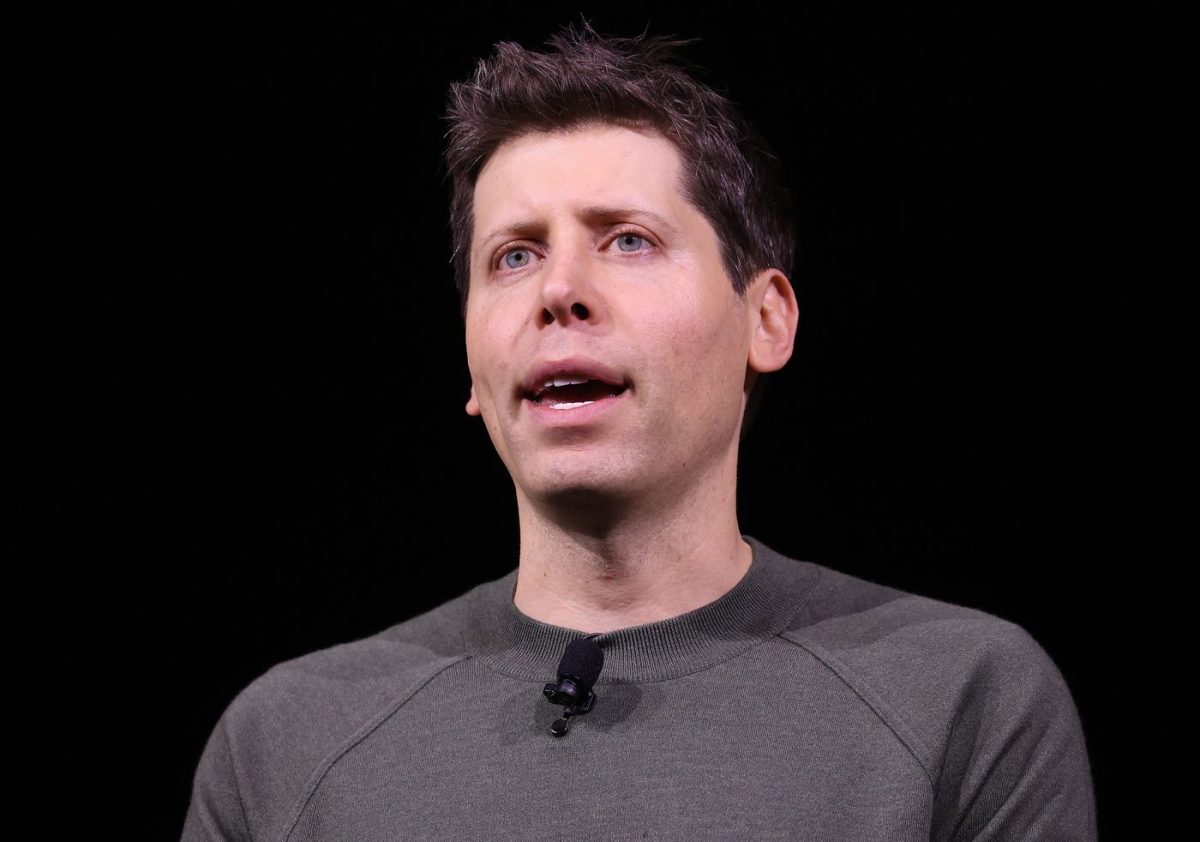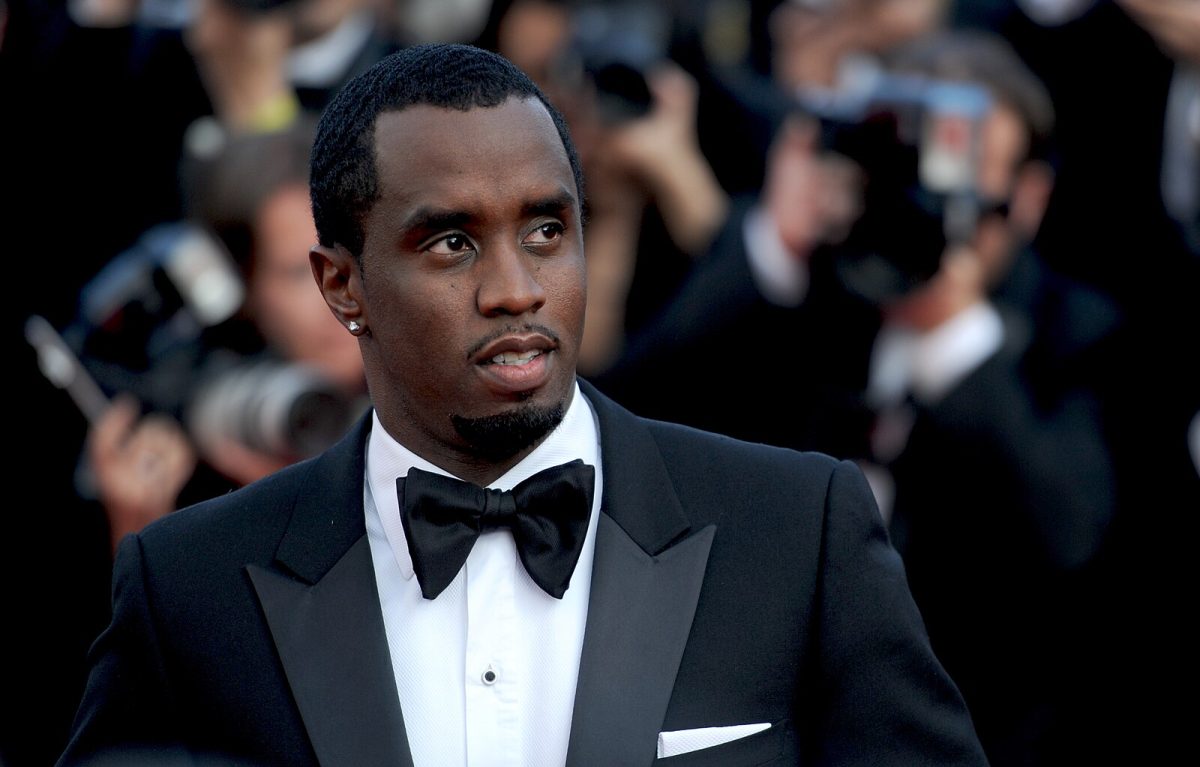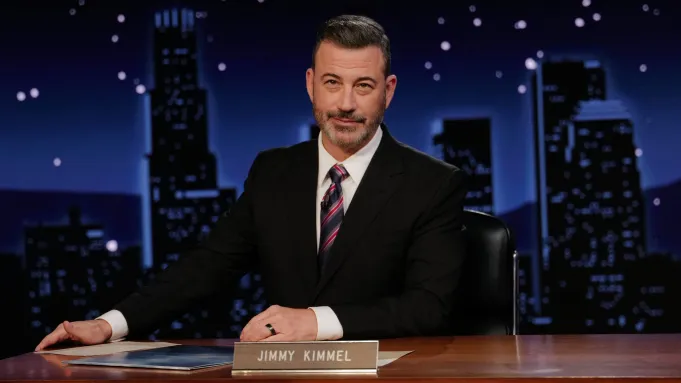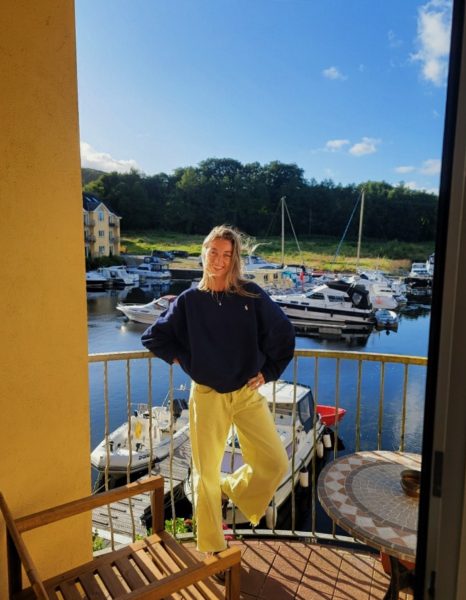Sam Altman, the CEO of Open AI and the creator of Chat GPT was fired on Friday Nov. 17th. Open AI publicly stated on Nov.17th that they had removed Altman as an internal review which ultimately found that Altman was “not consistently candid in his communications” with the board of directors. Open AI followed with an announcement that Mira Murati, the CTO who’s been with the company since its infancy, would act as interim CEO until the company found a permanent replacement.
A few hours after Open AI’s announcement regarding Altman’s removal, Greg Brockman, the company’s president, wrote in a tweet that he was quitting due to the move to fire Altman. In fact, according to Brockman, Altman’s attendance was requested at a virtual board meeting and upon joining the meeting he was told by Illya Sutskever, the Chief Scientist, that he was fired. Brockman also noted that despite being the chairman of the board he was not in fact present at this board meeting.
The move came as a shock to everyone; those within the company who knew nothing of the board’s plan to fire their CEO and those with billion dollar stakes in the company such as Microsoft who has invested about $13 billion dollars into the company, a 49% stake. In response to Altman’s ousting Microsoft hired both Brockman and Altman. Simultaneously Microsoft came out publicly saying they would continue to work with Open AI. At the same time Altman and Brockman were hired by Microsoft, hundreds of people employed at Open AI threatened to resign in response to Altman’s firing. Ron Conway, an investor in the company, noted on social media that “What happened at OpenAI today is a Board coup that we have not seen since 1985 when the then-Apple board pushed out Steve Jobs. It is shocking; it is irresponsible; and it does not do right by Sam & Greg or all the builders in OpenAI.”
Reportedly on Saturday Nov. 18th Altman and Open AI were in communication and talking about bringing Altman back as CEO. However Altman would do so on the condition that there would be changes to the board and governance of the company. Although conversations between Altman and Open AI continued into Sunday the company changed their mind and instead announced that they would be hiring a new interim CEO, Emmett Shear, the former CEO of Twitch. On Monday Illya Sustkever went to X to apologize for his role and participation in the removal and ousting of Altman noting “I will do everything I can to reunite the company.” Over 700 out of the 770 employees within Open AI, including Suskever, demanded that the board members responsible resign or they would all leave the company. On Nov. 22, in a twist of events almost as shocking as Altman’s removal, Altman and Brockman announced they were both celebrating their reinstatements into Open AI, simultaneously as Open AI announced a new board including Bret Taylor, Larry Summers, and Adam D’Angelo.
Although little is publicly known about what caused Altman’s firing in the first place, the removal and reinstatement of Altman has shown the tension and differences between Altman and other members of the board. Due to the fact that Open AI’s board structure isn’t like that of a traditional corporate structure the board of directors are not responsible for the maximization or increase of profits for shareholders. Instead, they are responsible and focused on ensuring “that safe AGI is developed and benefits all of humanity.” Meaning, that for the board, ensuring that the AI tools they create are safe and beneficial not dangerous and invasive, takes precedence over making profit.
Open AI, which started as a nonprofit and has transformed into a capped-profit subsidiary, or a hybrid combination of for-profit and nonprofit. Despite this, Open AI left the nonprofits’ board of directors with the ability to govern and lead the actions of the capped profit part of the company. According to employees within the company, Altman was eager for the company to commercialize and continue to grow whereas Sutskever, the chief scientist, was interested in slowing things down. This seems to be where the differences lie, with the board believing that Altman’s desire to grow and commercialize rapidly was potentially jeopardizing the goal set in place for the board of directors to meet.








